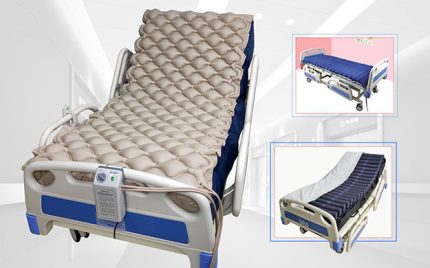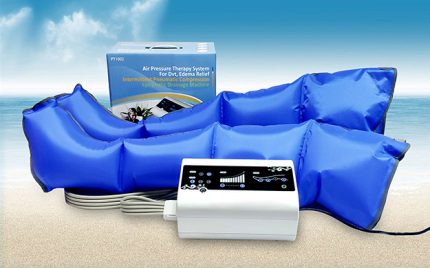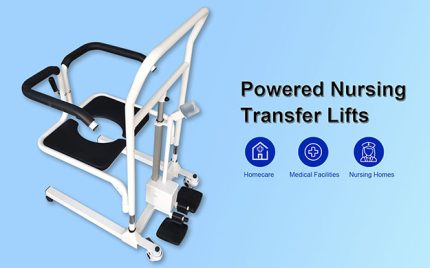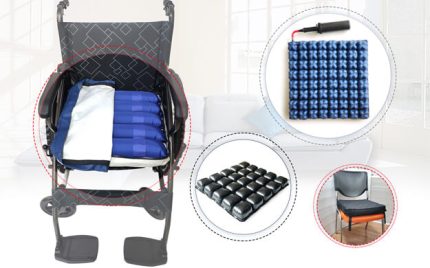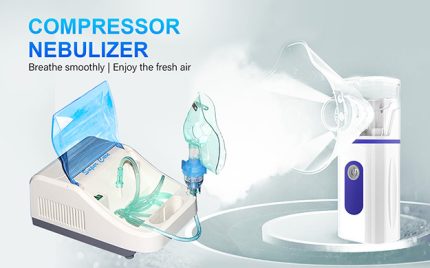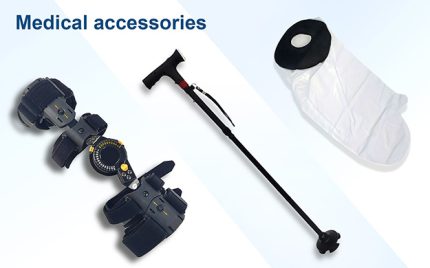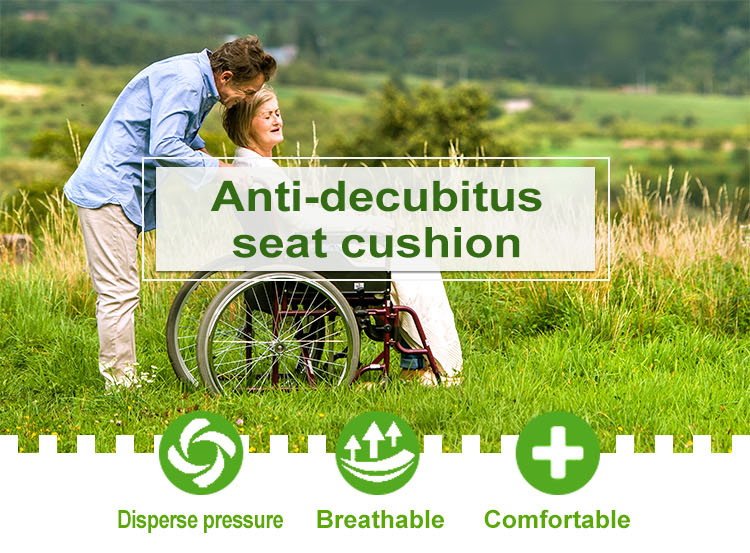Introduction:
A pressure ulcer, also known as a bedsore or a pressure sore, can greatly impact the health and quality of life of individuals. Wheelchair users are particularly susceptible to developing pressure ulcers due to prolonged sitting. To prevent or manage pressure ulcers effectively, it is crucial to understand the preventive measures and utilize suitable products. Pressure relief cushions offer a range of features that promote safer and more comfortable seating, reducing the risk of pressure ulcers.
Factors to Consider in Choosing a Wheelchair Cushion Type:
hoosing the right wheelchair cushion type is crucial to meet the individual needs of each patient. Two primary factors to consider are cushion shape and cushion material, each offering distinct advantages. It is essential to select the most suitable wheelchair seat cushion type to ensure long-term patient benefits, prevent skin breakdown, and promote healing.
The shape of the wheelchair cushion is an important consideration. Here are some common cushion shapes:
- Flat cushion: Flat cushions are suitable for evenly distributing pressure on the patient’s ischial tuberosities, helping to reduce the risk of pressure ulcers.
- Air cushion: Air cushions use inflatable chambers to provide support and pressure distribution. They can be adjusted according to the patient’s needs, offering personalized comfort and support.
- Contoured cushion: Contoured cushions have a recessed shape around the ischial tuberosities to reduce pressure on specific areas. This shape is suitable for patients who are sensitive in certain regions.
- Ergonomic cushion: Ergonomic cushions are designed with curves that mimic the anatomy of the human body, providing better support and comfort. They are typically suitable for patients who require additional support.
The material of the wheelchair cushion is also a crucial factor to consider. Here are common cushion materials:
- Foam Cushions: Foam cushions are widely known, affordable, and lightweight. Basic foam cushions are suitable for individuals with good sensation and mobility, while thicker cushions combine multiple layers of foam for enhanced support. However, foam cushions tend to wear out faster and lose their shape over time, potentially leading to pressure sores. It is advisable to have a backup foam cushion if using gel or air flotation cushions.
- Gel Cushions: Gel cushions are recommended for individuals with poor sensation and movement. They provide excellent pressure distribution and can be contoured for postural support. Gel cushions aim to replicate the consistency and support of atrophied muscle tissue. However, they require careful attention as the gel or fluid can shift, potentially necessitating adjustments or replacements.

- Air Cushions: Air cushions offer effective pressure distribution when properly inflated. These cushions consist of interconnected air cells that evenly distribute pressure and can be adjusted to suit the user’s specific needs. Regular air pressure checks are necessary to ensure optimal functioning. Individuals with a history of pressure sores or those with limited sensation and mobility often choose air cushions.
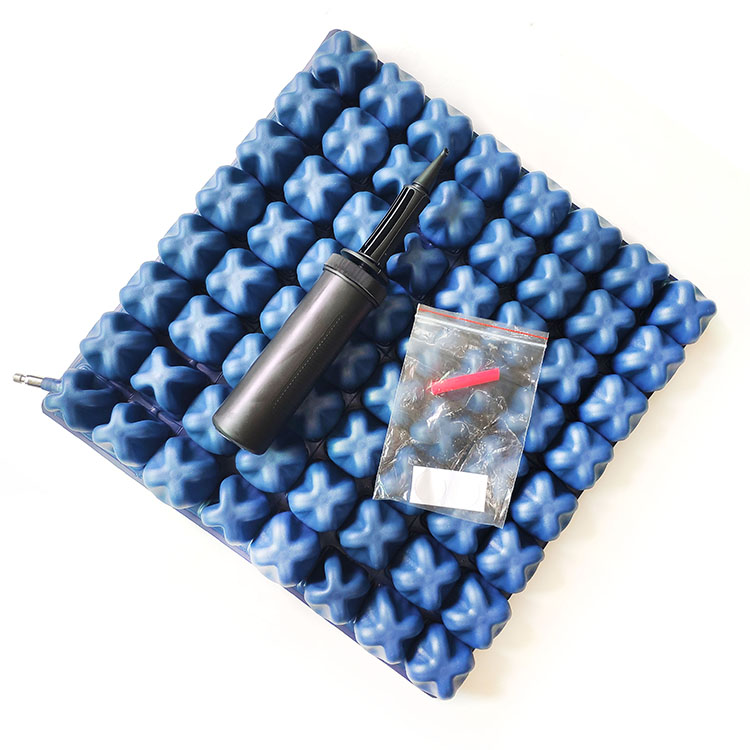
Benefits of Selecting the Best Air Cushion for Wheelchair:
Choosing the appropriate wheelchair cushion material is crucial for patient comfort and well-being. Foam cushions maximize immersion, pressure management, and offloading properties. Gel cushions regulate body temperature and reduce moisture buildup. Air cushions provide advanced pressure management and all-day comfort, with a cool and dry surface.
Conclusion:
Selecting the best wheelchair cushions plays a vital role in preventing pressure sores and ensuring optimal comfort for wheelchair users. Consider factors such as cushion shape and material when choosing the most suitable option. By understanding the benefits and characteristics of foam, gel, and air cushions, you can provide your patients with the highest level of care and enhance their overall quality of life.
Frequently Asked Questions
Q: What is a wheelchair air cushion?
A: A wheelchair air cushion is a special type of cushion that is filled with air. It is designed to provide a comfortable seating surface and help distribute pressure, reducing the risk of pressure ulcers.
Q: How is a wheelchair air cushion different from other types of cushions?
A: Compared to traditional foam or gel cushions, a wheelchair air cushion allows for adjustable air pressure, providing more precise support and pressure distribution tailored to individual needs.
Q: Who is suitable for using a wheelchair air cushion?
A: Wheelchair air cushions are suitable for individuals who spend long periods sitting in a wheelchair, particularly those at risk of pressure ulcers, individuals with reduced sensation, or limited mobility.
Q: Is a wheelchair air cushion suitable for long-term use?
A: Yes, wheelchair air cushions are designed to provide comfort and support for long periods. When used and maintained correctly, they can reduce the risk of pressure ulcers and improve seating comfort.
Q: How do I choose the right wheelchair air cushion?
A: Choosing the right wheelchair air cushion involves considering individual needs such as pressure ulcer risk, weight, body shape, and activity level. Professionals like occupational therapists or medical equipment suppliers can provide guidance and recommendations.
A: Are wheelchair air cushions compatible with all types of wheelchairs?
a: Yes, wheelchair air cushions are typically compatible with both manual and power wheelchairs, regardless of their size or model.

